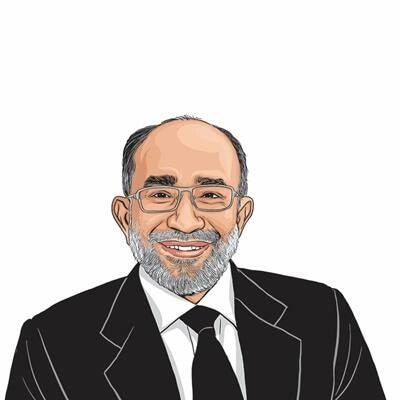Opinion Kerala ragging case shows we need to teach morality and ethics to our students
I think the ultimate responsibility lies with the parents of these students. How many parents today have a conversation with their kids at least thrice a week on basic fundamentals?
 Despite the prevalence of “ragging” in Kerala colleges, it has not been so violent. (Express Archive: Oinam Anand/Representational)
Despite the prevalence of “ragging” in Kerala colleges, it has not been so violent. (Express Archive: Oinam Anand/Representational) The gruesome “ragging” of a junior nursing student at the Government Nursing College in Kottayam has shocked the nation. All five accused — arrested and remanded in police custody — are around 20 years old, just out of their teens. Apparently, the ragging started three months ago, in the second week of November. A video, allegedly shot by one of the perpetrators of the crime, is available to the police as well. It shows the student on a cot with his hands and legs tied up, seniors jabbing him with a sharp object and pouring some lotion into his mouth. The victim was so scared that he did not inform his parents, classmates or the college authorities till this week.
Possibly, he was aware of the fate of Sidharthan, a 20-year-old student at the College of Veterinary and Animal Sciences, Pookode in Kerala’s Wayanad district, a year ago. He was allegedly ragged for months by members of the college’s dominant student union, associated with the ruling dispensation in Kerala. He was found hanging in his hostel toilet. The police claimed it was suicide. But most people did not buy the story. They believed it was murder. The college administration pretended that they knew nothing about what was happening, even though most of the ragging reportedly occurred in common areas of the hostel. Similarly, in the Kottayam incident, the nursing college administration claimed that they knew nothing about what happened, though it had been going on for three months.
Victims are mostly scared to complain because students’ unions are powerful in Kerala, like the trade unions. In the highly politicised environment in universities, vice-chancellors are not often seen as going against the powers that be. In most cases, impunity is the order of the day. Little wonder that freshers in college, who are just in their teens, decide to suffer through the pain, even when there is a danger to their lives. Despite the prevalence of “ragging” in Kerala colleges, it has not been so violent in the past. The state also enacted a law banning “ragging”. Still, the college authorities often turn a blind eye out of fear and political affiliations.
I am completely shocked and ashamed. I am from Kottayam, and I was its district collector from 1988 to 1991. Kottayam has so much to boast about. It became the first town in the county to achieve 100 per cent literacy in 1989. The entire country celebrated it. It became the role model for the national literacy mission. It was a collaborative effort of the district administration, M G University, municipal authorities, political parties and the citizens at large.
Eventually, Kottayam became the most literate district in the country in 1990. It achieved a quality of health index better than the US in 1990. The “Mass Contact Programme” we started in 1989 — we took the entire district administration to the pre-determined panchayats — won the highest UN award for innovation in governance. As per Niti Aayog’s latest assessment, Kottayam is the only zero-poverty district in the country. Malayala Manorama, the largest circulating newspaper in India after Dainik Jagran, is published in Kottayam. One of the largest publishers in India, in terms of titles published, DC Books, is from Kottayam. One of India’s best tourist destinations, Kumarakom, is in Kottayam. It is globally acknowledged that Kerala’s nurses are among the best in the world. They are kind, compassionate and professional. Many girls pursue nursing because it is a guarantee for an independent and dignified life. A large number of nurses come from the Kottayam district.
How come such a city — of letters and accomplishments — produces such people whose brutality against their fellow students shocks the whole world? I do not know the exact answer. I cannot comprehend the psyche of these criminals, who derive so much pleasure from inflicting pain on their college mates. What do they gain from it? Where did they learn to be so brutal? After all, they were out of school just a couple of years ago, and many of them are still teenagers. Did they learn this in school? Did they acquire these violent traits from their families? Or do they feel the need to assert their masculinity in college as part of the student union? Or is it social media, which serves as the primary influence on our youngsters?
I think the ultimate responsibility lies with the parents of these students. How many parents today have a conversation with their kids at least thrice a week on fundamental issues? A secondary responsibility lies with our schools, where the foundations of ethics and morality should be taught. Today, all that they care about are marks, ranks and entrance examinations.
I think we need to take a hard look at what is going wrong.
I still love Kottayam. A few people can’t destroy a city and its culture.
The writer is former Union Minister for Tourism. His recent book is The Winning Formula.



